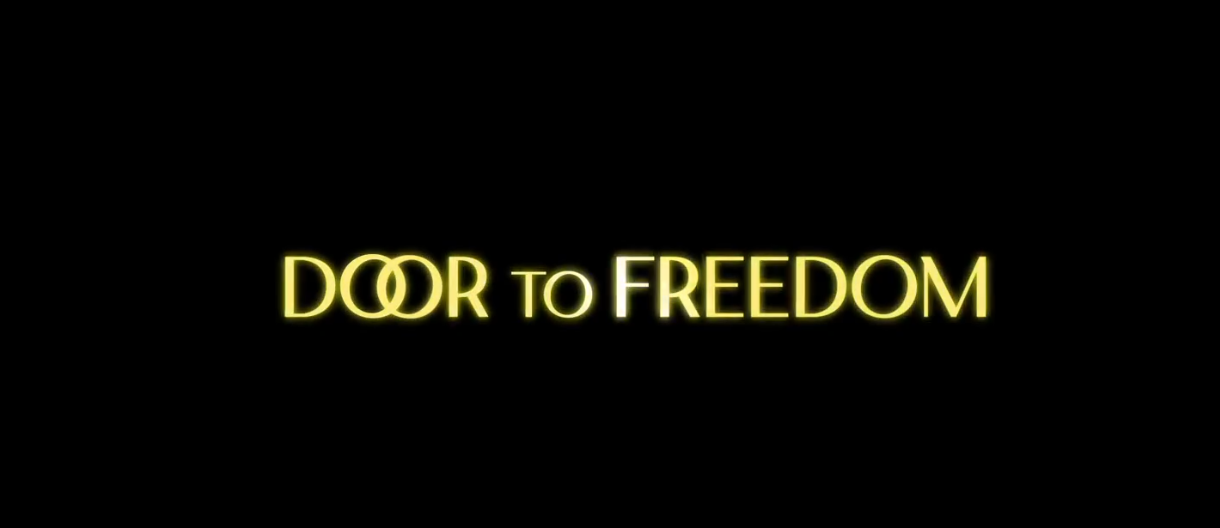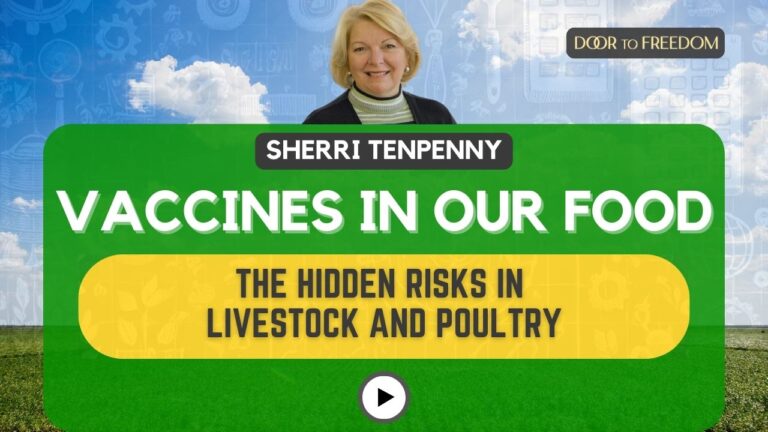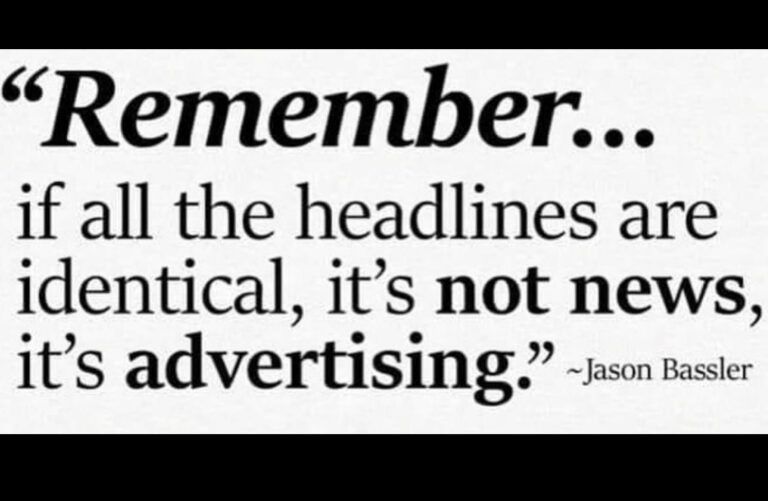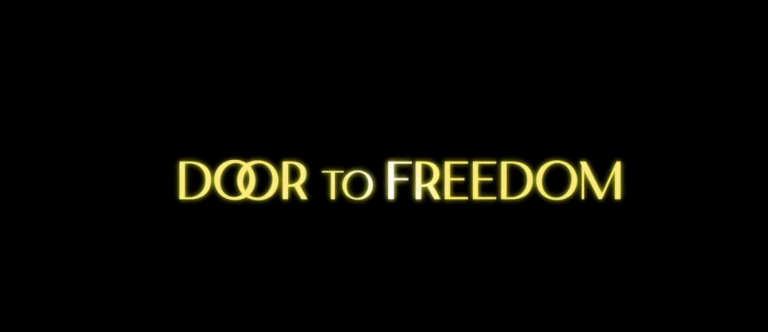Dear Friends,
Todays newsletter is an article penned by our dear friend John Klar.
Sincerely, Meryl Nass, MD
When guano was gold
By John Klar
Door to Freedom seeks to educate people about the threats to their liberty and health from industrial and governmental interests motivated by profit and power. This conflict between profiteer and vulnerable victim is as old as dirt itself. For it is from dirt (or dust: Genesis 3:19) we are made, and to dirt we shall repeatedly return (in this article).
Some of the greatest leaps in human advancement have been economically and culturally nurtured by improvements in agriculture: many of those have related to crop fertilizers, which humanity has long known improve crop yields by nurturing soils. It is vitally important to understand the central role of soil health in human well-being, for both the soil and gut microbiomes are interconnected, the story of fertilizers reflects our modern plight and growing industrial food peril.
Many ancient cultures understood the value of animal and even human manures for soil health. However, the gradual popularization of bat and bird guanos as fertilizers in the 19th Century led to a rapacious industrialization of resources. As one history site relates, “For the second half of the 19th century, the Western world pretty much ran on a game-changing, nation-making, super-powerful substance—bird (and bat) poop.”
Like all valued but finite commodities, demand for guano (“white gold”) increased as depleted natural reserves of bird and bat droppings were scraped bare, dynamited, or otherwise absorbed. Guano sellers often blended inert or useless ingredients with the bat or bird guano to boost profits, like cocaine dealers cutting their product with talcum powder. The world’s guano markets were soon displaced however by a less smelly, more abundant soil adjunct – industrial fertilizer manufactured from ammonia.
Guano was no longer needed, but neither were traditional soil-nurturing traditions such as crop rotation with nitrogen-fixing legumes, which literally “sequester” nitrogen from the atmosphere through their roots, transferred by soil bacteria to subsequent food crops. Technological advances in equipment permitted the large-scale tilling of the ground, application of chemical fertilizers, and later genetically modified organisms GMOs and related industrial chemical adjuncts. This rather swift agricultural transition came to be glowingly called the “Green Revolution.”
But this short-term illusion of abundance and profit gave way to sobering evidence over time that those manmade fertilizers, pesticides, and herbicides were killing the soil's microbial life. When combined with ritualistic tilling (often on weak or sloped soils), this progressively exacerbated soil erosion on millions of acres of farmland. Weaker soils retain less water, requiring greater drawdowns from similarly declining underground aquifers.
These processes kill soil life, and reduce the mineral and nutrient content in otherwise healthy-looking produce. Crop yields have declined, requiring larger applications of industrial fertilizers, accelerating the death of the soil in a vicious cycle that ends in desertification.
Meanwhile, the human gut, or microbiome, is increasingly understood to be a cornerstone of health dependent upon a robust, diverse gut-world of interconnected bacteria and other microbes – just like the soil from whence that first Adam is biblically reputed to have been formed. Severing or sabotaging this connection is perilous.
It does not appear that bovines walked with God in the Garden of Eden, though a persuasive argument can be mustered for their moral if not intellectual superiority over humans. We humans are guilty of Original Sin, as displayed by climate change alarmists who project onto innocent cows the culpability for destroying the planet via their Concentrated Animal Feeding Operation (CAFO) enslavement and innocuous flatulence (more accurately, belching). Since we are addressing alienating human beings from the life-giving soil upon which all life depends, a comparison of the microbes of cows and humans is in order. (do you compare them?)
Gene Logsdon, in his seminal tome (Holy Shit: Managing Manure to Save Mankind), connects the manured dots between bat guano and what might be termed (in Newspeak parlance) ‘anthropogenic solids emissions’. Logsdon dared envision a world not of techno-dependent humans colonizing Mars and supping off tubes of tofu paste and jugs of Tang, but of a community of people perceiving excrement not as a liability to be disposed of but a soil-building asset to be invested:
“Think of the excrement of 50 million people and 2.5 billion chickens helping to enrich the soil rather than pollute water. Think of the food being produced without dependence on manufactured fertilizers or the need even for much fossil fuel. Think of all those people interacting with one another in their communities instead of running all over the world learning about nothing particular in any kind of deep, thoughtful way.”
This may sound absurd to modern ears tickled by modern sanitary sensibilities – and we haven’t yet considered the potential food-producing capacities of composted cat and dog poo diverted from landfills, in turn replacing factory-manufactured urea fertilizer made from natural gas. Yet if industrial fertilizers became as expensive as bat guano when that market peaked, where would Americans get their food? If the history of guano offers lessons in the importance and stakes for today’s industrial WEF “stakeholders” (such as Bayer, Dow, Syngenta Group, and Wellcome Trust) in the food and agriculture industry, Logsdon offers poop-centered wisdom:
“The best justification for taking the manure problem seriously comes from the history of guano, the manure of bats and certain seabirds. Faced with a shortage of commercial fertilizers in the past, humans have fought over bat manure, have gone to war over it, and have died for it. Fortunes have been made and lost. The largest fertilizer company in the world, W.R. Grace, started with guano. James Bond in fiction killed Dr. No, a guano salesman, and buried him, fittingly enough I suppose, in a pile of guano. In real life, in the 1800s, bat and bird colonies were wantonly destroyed to get their excrement, as humans, blind with greed, could not even understand that if they did not allow the seabirds and bats the ability to maintain themselves, the guano deposits would soon be gone too.
In real life, in the 2020s, global NGOs headed and funded by a cabal of the world’s largest industrial polluters claim that cows must be eliminated from the food chain, and replaced with their dubious inventions, to rescue humanity from climate doom. Yet cows are one of the best sources of manure to rebuild soils and sequester carbon dioxide: if they are eliminated, the world will require yet more synthetic chemical production (urea manufacturing emits nitrous oxide, a far more potent greenhouse gas than carbon dioxide or methane).
It’s as if the cabal can’t understand that if the cows are not permitted to maintain themselves, the manure that can rebuild weakened, eroded soils will soon be gone too.
But they do understand. To illustrate this, let us pivot away from the relative merits of bat, bird, cow, or human feces for soil health, to contrast all of them (plus goat, chicken, sheep, and other able-bodied fecal contributors both to soil health and this discussion) with the impacts of the industrial fertilizers that have come to replace them. All of these are not saviors but destroyers: of microbial soil communities, human health, water and air supplies, and rural economies. What they do fertilize effectively are globalist plans for total industrial domination of all food supplies.
The fake meats that are supposed to help the climate never will – they are grown using (patented) genetically modified monocultured crops dependent not just on synthetic fertilizers but successive applications of glyphosate, atrazine (an endocrine disruptor), neonicotinoids, and other toxins, consuming many oilwells’ worth of fossil fuels. How is this an upgrade from cows roaming free in pastures, dining on Nature’s renewable, tasty, biodegradable green-bladed solar panels?
A plant-based diet linked to GMO crops may feed the world, but it will also sicken it, and sicken the soils, water, and wildlife that comprise its ecosystem, when dependent on endless applications of factory chemicals and fossil fuels. Bug diets will not heal soils. Proposals to convert the entire world to a diet of novel foods that no society has ever eaten are just plain silly. For soil health, the world’s cows reign as kings.
In fact, much of the planet's soil cannot be used to grow crops, but does grow grasses, which can be eaten by cows and other ungulates, maintaining biodiversity and providing us with meat and dairy products from land that is unsuitable for other uses.
But now come Klaus Schwab, Bill Gates, John Kerry, and a cast of Johnny-come-lately pseudo-farmers. Who are these bozos who are going to “save” us from cows, and how do they propose to do so? Reviewing these grand initiatives through our lens of soil as the fount of all terrestrial life, we have seen that all their plans increase their riches and their market share, but destroy soils, the environment, water, and human health.
Robust soil microbiomes are the foundation of sustainable agricultural stewardship; synthetic fertilizers kill these microbes; cows rebuild industrially depleted soils with their manure. It is not climate change deniers, but manure deniers, who pose a menace to human and environmental health.
Attorney-farmer John Klar hosts the Small Farm Republic Substack and podcast from his Vermont farm. His recent book is Small Farm Republic: Why Conservatives Must Embrace Local Agriculture, Reject Climate Alarmism, and Lead an Environmental Revival. He is a member of the Door to Freedom core group.








